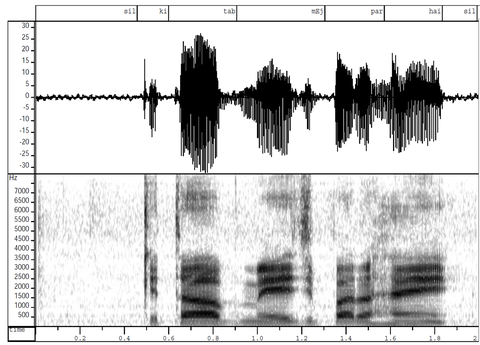The Sonic Border Regime: Race, Voice and Technology in Digital Borderlands

The sonic border regime
The Sonic Border Regime: Race, Voice, and Technology in Digital Borderlands conceptualizes a framework for thinking about the multitude of listening, voices, and sound in the context of global displacement, ubiquitous computing and capitalist experimentation. Taking the so-called “European refugee crisis” as a point of departure the book probes how sonic media infrastructures have been employed for migration control, border policing, and asylum administration on a planet where global displacement has become a new norm. By examining how technologized borders encode and enact nested forms of discrimination and violence through sonic media I explicate the voice as a central sensory and embodied register through which body, data, and borders are policed. The analytic of the sonic regime of border control transforms how we think about the medium through which the border operates and contributes to analyses of the relationship between media technology and migration that shift attention from the spectacular forms of border and migration policing. By focusing on the role of less spectacular border violence in form of administrative categories, technological design, and linguistic difference I show that the voice itself functions to multiply borders across a variety of sites and institutions.
Offering a methodology on the move the book follows the transnational networks of capital, technology, migration and sound. Based on multi-sited ethnographic fieldwork at different locales in the state and non-state networks of migration and border policing in Europe and archival research undertaken since 2014, The Sonic Border Regime weaves ethnographic observations and interviews together with archival sources to show the continuation of colonial knowledge production in present migration policing. Through this multi-modal framework the book places the urgency manufactured by the “refugee crisis” within a long history of migration, genocide, colonialism, technological innovation, and scientific racism that resonates across infrastructures and media technologies. Locating border sonics as an analytic in, out, and across Germany reveals how this site of governmental experimentation becomes a model to be exported elsewhere. Exploring these resonant histories as an analytic in, out, and across Germany reveals it as a central site of governmental experimentation that becomes a model to be exported elsewhere.
The book’s chapters traverse a variety of technological mediations of sound, listening, and voice across a shifting geography of Germany and Europe. I direct attention to neglected practices of datafication and their histories in the policing of migration, history of database registration in Germany, practice of linguistic analysis and algorithmic dialect recognition, sound archives from the early 20th century colonization and colonial race-making in the German metropole, and smartphone data extraction amidst border violence in the Balkans and the Mediterranean Sea. These sites provide insight into different aspects, temporalities and practices of the state’s desire for listening, sounding, and abstracting mobility, race, and difference. At the same time, they also pay attention to different instances of refusal, resistant speech, and technological failures that challenge conventional theories of technological control.
